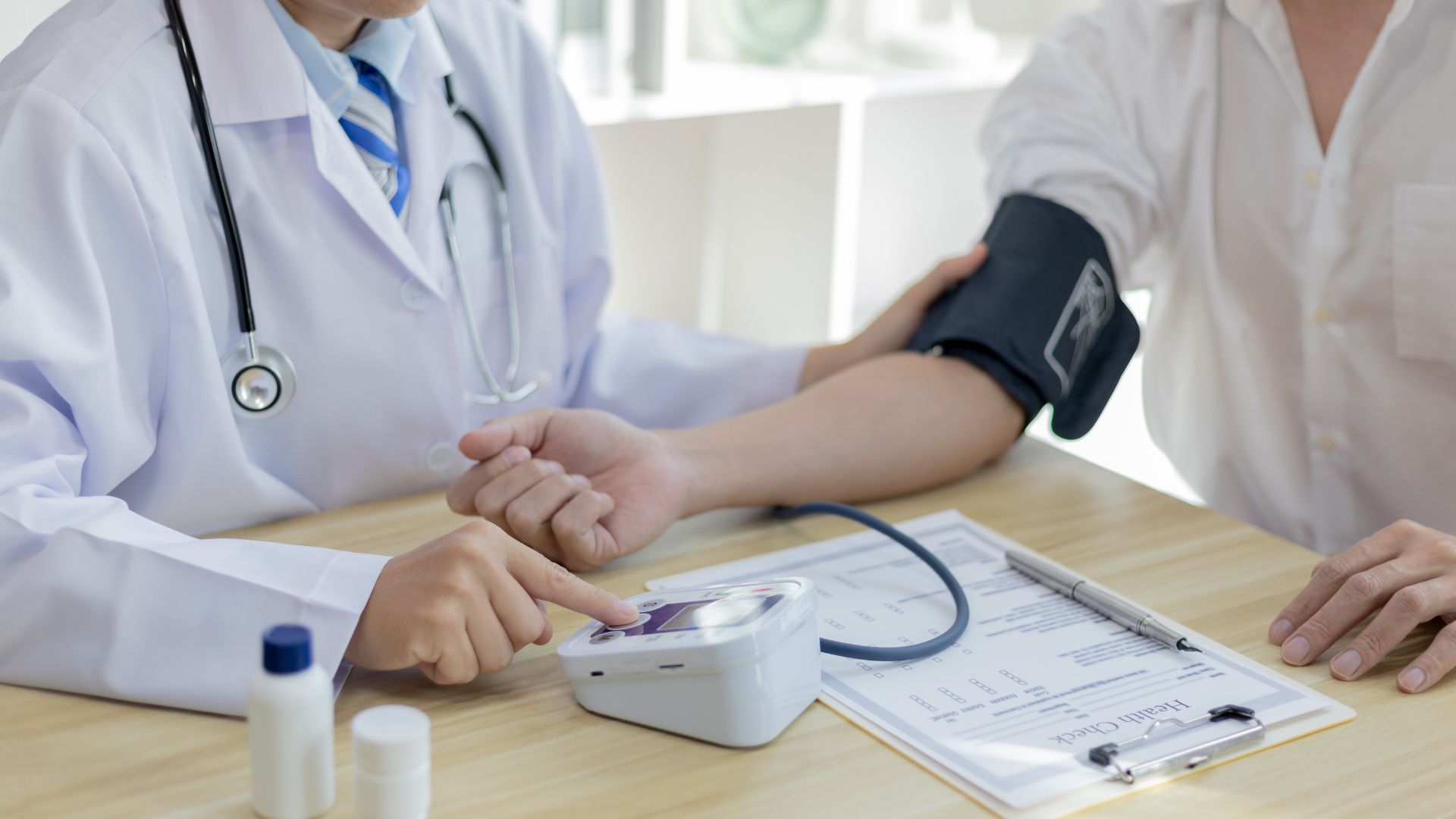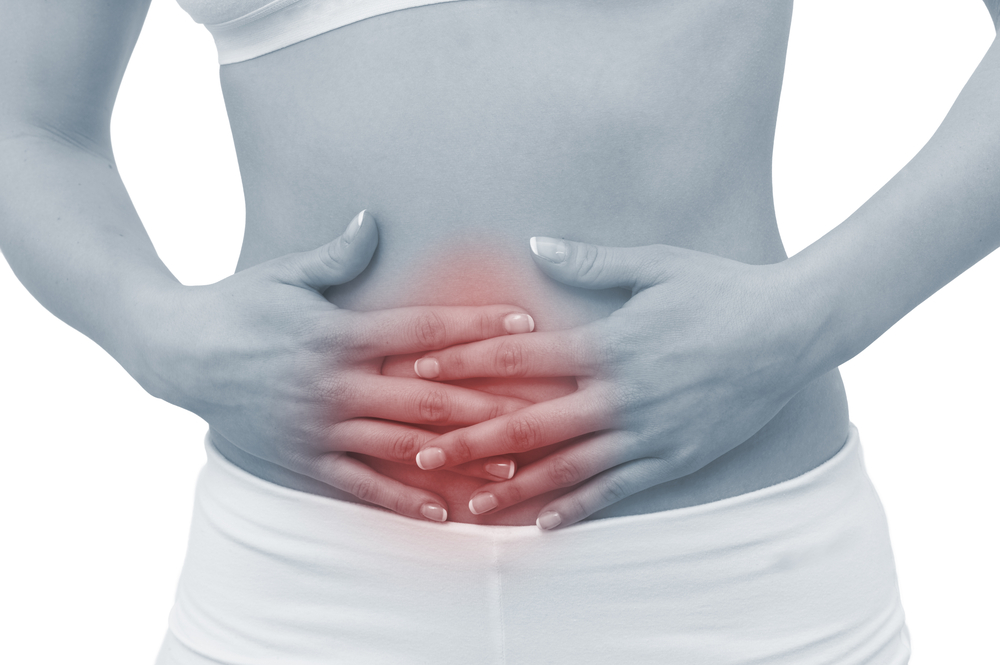Headaches are one of the most common symptoms that can be experienced. Most people will experience a headache at some point of their lives. They can affect anyone regardless of age and gender.
The World Health Organization (WHO) reports that around 47% of the world’s adult population will have experienced a headache within the last year. As well as being symptoms of other conditions, headache disorders can lead to the development of other illnesses.
The exact cause of migraine headaches is not clearly understood, though experts believe they are due to a combination of the expansion of blood vessels and the release of certain chemicals, which causes inflammation and pain.
There are 2 types of classification of headaches:
Primary headache, that is based on symptoms. It’s caused directly by the overactivity of, or problems with, structures in the head that are pain-sensitive.
Secondary headache disorders, that are based on etiology, whether it’s due to stroke, subarachnoid hemorrhage, infection, sinusitis, or one of the many different causes of headache.
There are short-lasting and long-lasting chronic daily headaches. Long-lasting last more than four hours. They include:
- Chronic migraine
- Chronic tension-type headache
- New daily persistent headache
- Hemicrania continua
Factors associated with developing frequent headaches include:
- Anxiety
- Depression
- Sleep disturbances
- Obesity
- Snoring
- Overuse of caffeine
- Overuse of headache medication
- Other chronic pain conditions
The diagnosis of chronic headache rests solely on what a patient describes to a doctor. A doctor’s physical examination of a migraineur typically reveals nothing out of the ordinary; however, a neurological examination will be performed to rule out other causes of headache.
Other causes of headache include other types of headaches such as tension or cluster headache, stroke, tumor, inflammation of a blood vessel, and infection of the brain’s coverings (meningitis) or of the sinuses. In such cases, the following tests may also be performed:
- Blood tests
- X-rays
- CT scan or MRI of the head to look for bleeding, stroke, or tumor
- Cervical MRI
- A spinal tap (also called a lumbar puncture) to look for evidence of infection or bleeding
For the blood test, our center offers a deep blood and urine analysis described below. It is a precocious diagnosis program focusing on the physiopathological imbalance associated with society illnesses. The precocious diagnosis of the metabolism imbalance at an early stage, before the appearance of an illness, pushes you to take adapted measures that can have a reversible effect on the development of the illness. It includes heavy metals analysis that can also be responsable for chronic headaches.
The most common methods recommended for treating headaches are rest and pain relief medication. Generic pain relief medication can be bought over the counter, or health care providers can prescribe preventative medication, such as tricyclic antidepressants, anti-epileptic drugs and beta blockers.
In case of presence of heavy metals in the body, our center also can provide chelation therapy.
In addition to the treatment methods mentioned above, there are also several alternative forms of treatment that can be pursued.
- Acupuncture
- Chiropractic treatment
- Cognitive behavior therapy
- Herbal health products
- Hypnosis
- Meditation
And there are a number of things that can be done within the daily routine that can ease the pain of headaches:
- Apply a heat pack or ice pack to your head or neck
- Avoid things that are stressful
- Eat regular meals
- Exercise regularly
- Get enough rest and regular sleep
- Have a hot shower.








